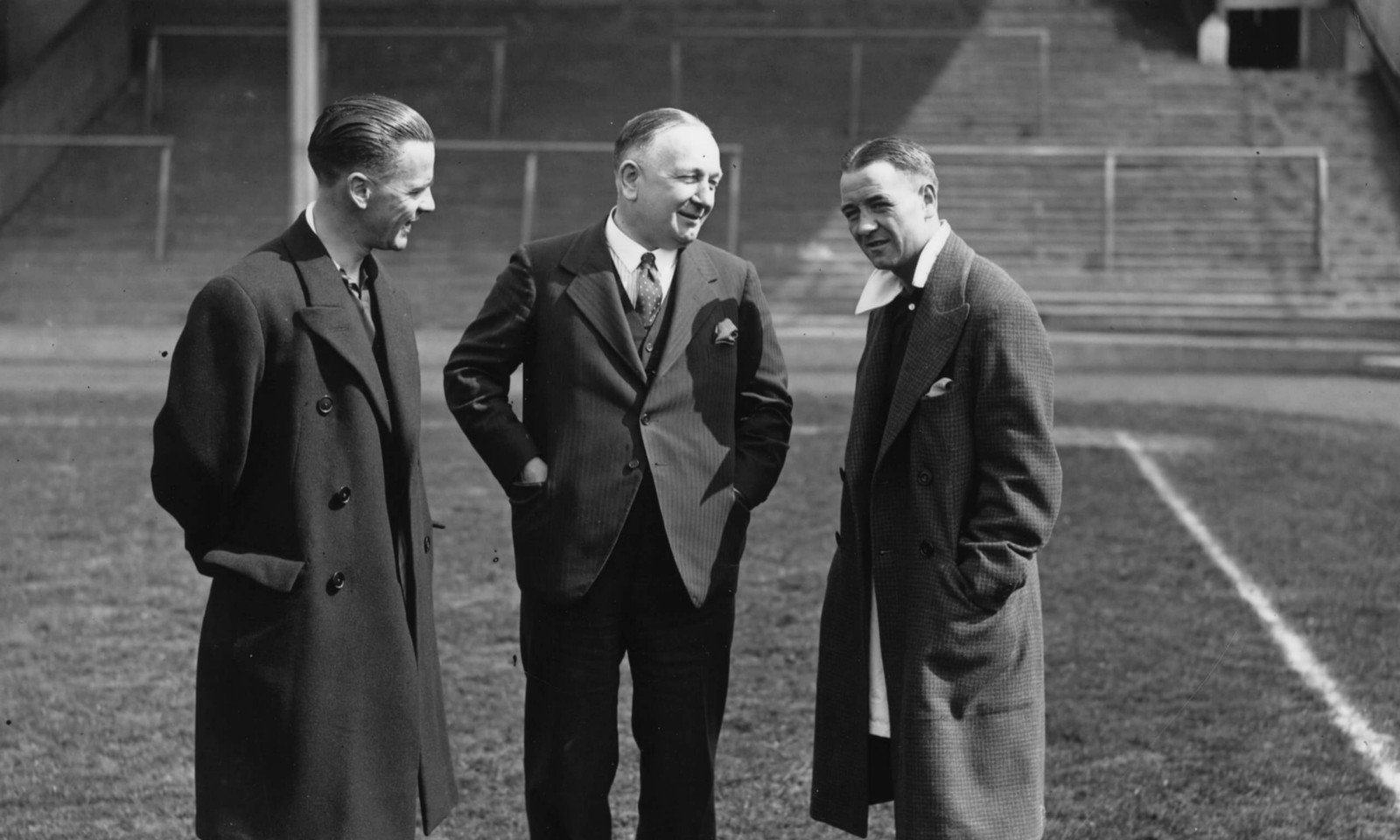Understand how the tactics of Chapman, one of the greatest English managers in football history, changed the game forever.
Menu
Understand how the tactics of Chapman, one of the greatest English managers in football history, changed the game forever.

When we talk about the great tactical revolutions that shaped football, it’s impossible to ignore the impact of Herbert Chapman’s WM system. In the 1920s and 1930s, football was still in its early stages in terms of organized strategies and tactics. It was during this time that Herbert Chapman, one of the game’s earliest great thinkers, emerged to challenge the status quo. The WM system not only changed the way football was played but also laid the foundation for what we know today as modern tactics. Chapman’s influence and his WM system are still felt today, from amateur leagues to the pitches of the Premier League.
The Origin and Context of the WM System
Herbert Chapman was the visionary who led Arsenal to a golden era, but he was also the man who realized that football needed to evolve tactically. The WM system was born out of the need to adapt to changes in football rules. Until 1925, the offside rule required a player to have at least three opponents between them and the goal to be considered onside. When this rule changed to just two opponents, Chapman recognized that football would open up to more dynamic attacks and would need a more robust defensive structure.
Thus, the WM was designed. The name “WM” comes from the arrangement of players on the field, forming these letters in a kind of inverted pyramid. Before Chapman, most teams played in a more linear system, like the 2-3-5, with five forwards. Chapman, however, revolutionized the game by introducing a 3-2-2-3 system, which consisted of three defenders, two defensive midfielders, two offensive midfielders, and three forwards. This new setup not only balanced defense and attack but also organized the game in a more rational and strategic way.
How Chapman’s WM System Works

Impact and Evolution in Modern Football
The impact of the WM was immediate. Chapman’s team, Arsenal, dominated English football during the 1930s. His meticulous approach not only brought titles but also changed the mindset of clubs and coaches around the world. The WM system introduced concepts of defensive organization, quick transitions, and space utilization, which are foundational to many modern systems.
Today, traces of the WM can be seen in tactics such as 4-2-3-1 and 3-5-2. The idea of having two defensive midfielders in front of the backline to protect and distribute, so popular in modern tactics, has its roots in Chapman’s concept of half-backs. Additionally, the flexibility to quickly shift from defense to attack is something seen in teams managed by Pep Guardiola, Jürgen Klopp, and many others.
The Relevance of Chapman’s WM in Today’s Football
Even though the WM, as a formation, is considered “outdated” in terms of numbers, its impact remains alive. Chapman didn’t just change a rule of the game; he introduced the idea that football could be played with intelligence and science. He opened the door to a series of tactical evolutions that would follow — from Italian Catenaccio to Dutch Total Football, from Spanish Tiki-taka to German gegenpressing.
What Herbert Chapman did for football was to introduce a way of thinking that prioritized strategy and adaptation above all else. Today, every tactic and scheme we see on the pitch has a bit of Chapman’s WM embedded in it. And that’s why, even decades later, the WM and its creator are still remembered as revolutionaries who helped define football as the strategic sport we know today.
The project emerged in June 2024, in São Paulo, envisioned by four sports enthusiasts. We believe that every game, every competition, every moment is a story waiting to be written.
For us, sports are much more than numbers and statistics; it’s about people, dreams, and overcoming challenges. It is one of the purest forms of human connection. It’s the moment when the soul speaks, shouts, celebrates, and cries. A universal language that connects people of all ages and cultures.
At The Sports Context, we aim to offer a complete experience. We want to be your go-to place for news and analysis, fueling your conversations with friends at the bar, always with the quality and dedication that only true sports lovers can provide. Our mission is to create a space where sports are celebrated, discussed, and, above all, lived.
Join us on this journey and feel your heart beat faster with each story told. Here, sports come to life in every word.
Created by Estratégia Digital